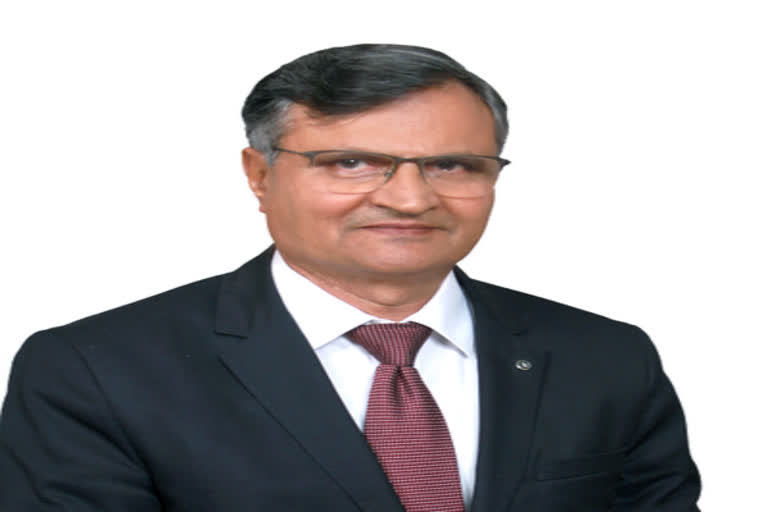New Delhi: Niti Aayog Member (Agriculture) Ramesh Chand on Sunday said the second COVID-19 wave will not impact the Indian agriculture sector in anyway as rural areas saw spread of infections in May when agriculture activities remained at bare minimum.
In an interview with PTI, Chand said that India's policies on subsidy, price and technology have remained too much in favour of rice, wheat and sugarcane, and there is need to make the procurement and minimum support price policy favourable to pulses.
Read: Niti Ayog report finds Gujarat as number 1 in export preparedness
"COVID-19 cases started spreading in the rural areas in the month of May, with the beginning of the month of May, and agriculture activity in the month of May is bare minimal, particularly land-based activities," he added.
"...it (May) is a peak summer month and no crop is sown, no crop is harvested except little bit vegetables and some off-season crops," Chand further explained.
Agriculture activity, Chand said, peaks in the month of March or till middle of April, after that it comes down significantly and again peaks with the arrival of monsoon.
"So even if less availability of labour is there in the month of May till mid-June, I don't think that will impact agriculture in anyway," Chand said.
On being asked why India is not self-sufficient in pulses production, he said there is need to increase pulses area under irrigation and that will make a lot of difference in production and stability in prices.
He added that "in India, our subsidy policy, our price policy, technology policy, have remained too much in favour of rice and wheat and sugarcane. So I strongly believe that along with the technological breakthrough, we need to make our procurement, our MSP favourable for pulses".
Read: Niti Ayog, ABB organise workshop on AI for MSMEs
To a question on farm sector growth, Chand said the agriculture sector will grow more than 3 per cent in 2021-22.
The farm sector grew at 3.6 per cent in the last fiscal. India's economy contracted by less-than-expected 7.3 per cent in the fiscal year ended March 2021 after growth rate picked up in the fourth quarter, just before the world's worst outbreak of coronavirus infections hit the country.
India is currently at the centre of global COVID-19 pandemic and from a daily case count of over 4 lakh, the number of new COVID-19 cases are rapidly dropping.
India reported 1,14,460 new coronavirus infections, the lowest in 60 days, while the daily positivity rate further dropped to 5.62 per cent, according to the Union Health Ministry data updated on Sunday.
PTI



